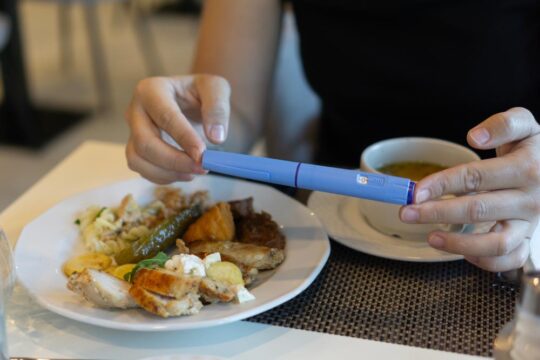Advertisment
Why syringe type matters for intravitreal injections

Plastic syringes that are widely-used for administration of medications, require lubrication with silicone oil in order to work smoothly. However, silicone oil can migrate into the drug solution and has the potential to interact with therapeutic proteins, altering their structure or stability. To find out more, IMI interviewed hospital pharmacist and pharmaceutical technologist, Dr Philip Chennell (Pharmacy Quality Control and Development Laboratory, Clermont-Ferrand University Hospital) who has studied this phenomenon.
At the GERPAC congress 2024 (held in October 2024) Dr Chennell presented the findings from a study concerned with the evaluation of two types of syringes for bevacizumab solutions for intravitreal administration. An intravitreal injection involves injecting medication directly into the vitreous humour at the back of the eye. It is used to treat retinal diseases such as age-related macular degeneration.
Although, at first sight, this might seem straightforward, there is a risk of interaction between the silicone oil that is used to lubricate the syringe and the medication solution inside the syringe. Specifically, there is a risk that the silicone oil can migrate into the drug solution and then be injected, in this case, into the eye. If the patient has multiple injections, then there is a risk that the oil will accumulate at the back of the eye. “It has been shown that it can cause reduced visual acuity, endophthalmitis, or for example, a reversible rise of intraocular pressure. It’s also been noted that certain patients have the impression that they have, like, floaters impacting their vision”, explains Dr Chennell.
About Philip Chennell
Philip Chennell is a pharmacist, at the University Hospital of Clermont-Ferrand. He is currently in charge of the Quality Control and Development Laboratory of the hospital’s pharmacy. He is also Assistant Professor at the University Clermont Auvergne and a member of the Materials for Health Research Team, focusing on medical devices and content/container Interactions.
Read and watch the full series on our website or on YouTube.
This episode of ‘In Discussion With’ is also on Spotify. Listen to the full podcast now.






